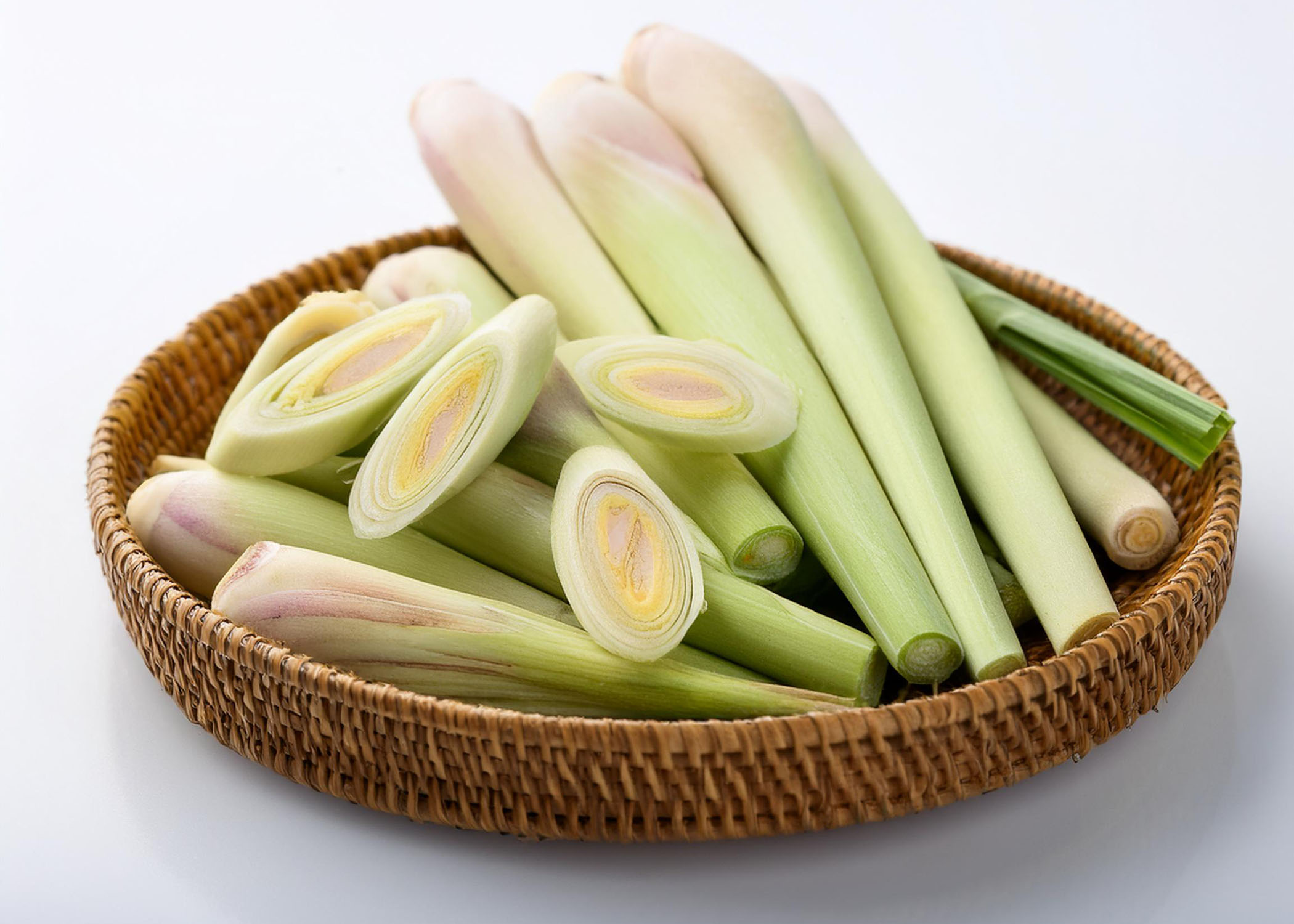Botanical Name: Cymbopogon citratus
Lemongrass is a tall, perennial grass native to tropical regions of Asia, particularly India and Southeast Asia. Known for its bright, citrusy flavor and fresh aroma, lemongrass is an essential ingredient in many Asian cuisines, including Thai, Vietnamese, Malaysian, and Indonesian. Its versatility extends beyond the kitchen, as lemongrass is also highly valued for its medicinal properties and its use in aromatherapy and skincare.
The plant grows in long, thin stalks, with the lower part of the stalks being the most commonly used in cooking. Lemongrass has a distinct lemony aroma with subtle herbal and floral undertones, making it a refreshing addition to both savory and sweet dishes. The flavor is often described as a combination of lemon and ginger, but with a more delicate and nuanced profile.
In culinary applications, lemongrass is highly versatile and adds a fresh, citrusy brightness to a wide range of dishes. In Southeast Asian cuisine, it is often used in curries, soups, and stir-fries. One of the most famous dishes featuring lemongrass is Tom Yum, a Thai soup known for its vibrant, tangy flavor, where lemongrass is paired with other aromatics like galangal and kaffir lime leaves. Lemongrass is also used in marinades for meats and seafood, where it tenderizes and infuses the proteins with its subtle lemon flavor. In Vietnamese cuisine, lemongrass is often used in grilled meats, especially in popular dishes like lemongrass chicken or beef (thịt nướng), where it imparts a delicate citrus note that balances the richness of the grilled meat.
The versatility of lemongrass extends to beverages and desserts. It can be steeped in hot water to create a fragrant herbal tea that is both refreshing and soothing. Lemongrass tea is often enjoyed for its calming effects and digestive benefits. The herb can also be infused into syrups or creams for desserts, adding a bright, citrusy note to ice creams, custards, and sorbets.

